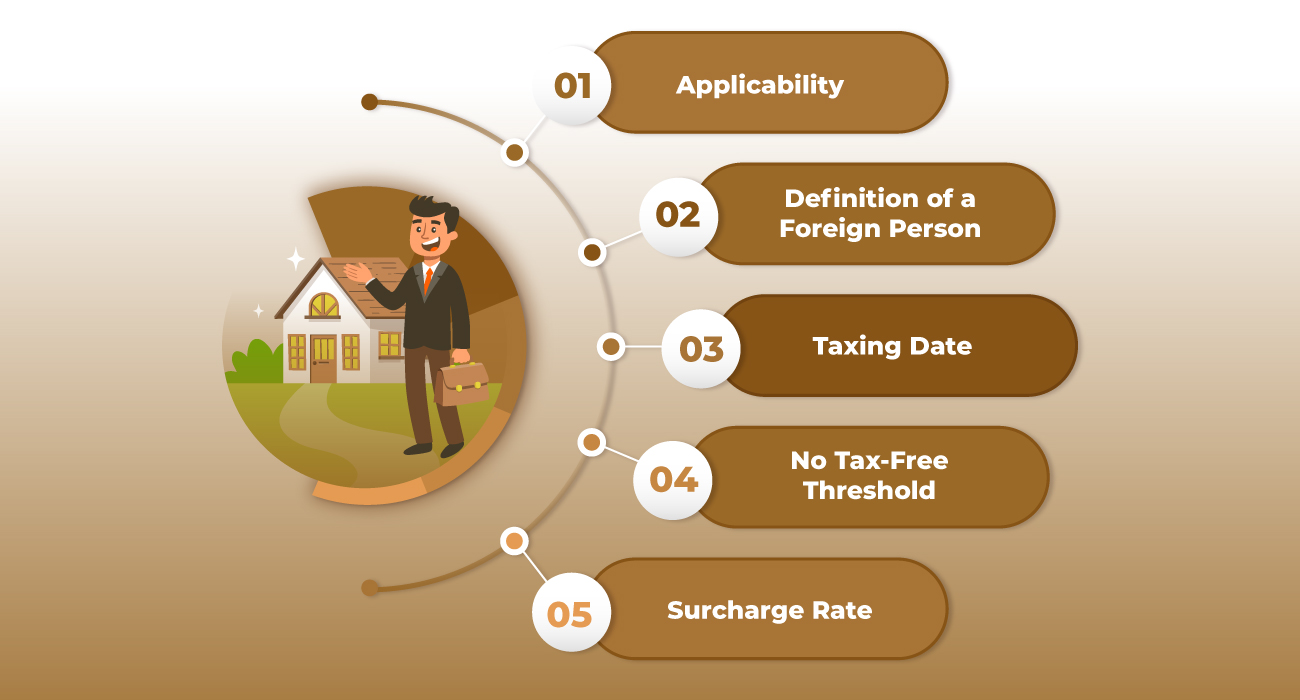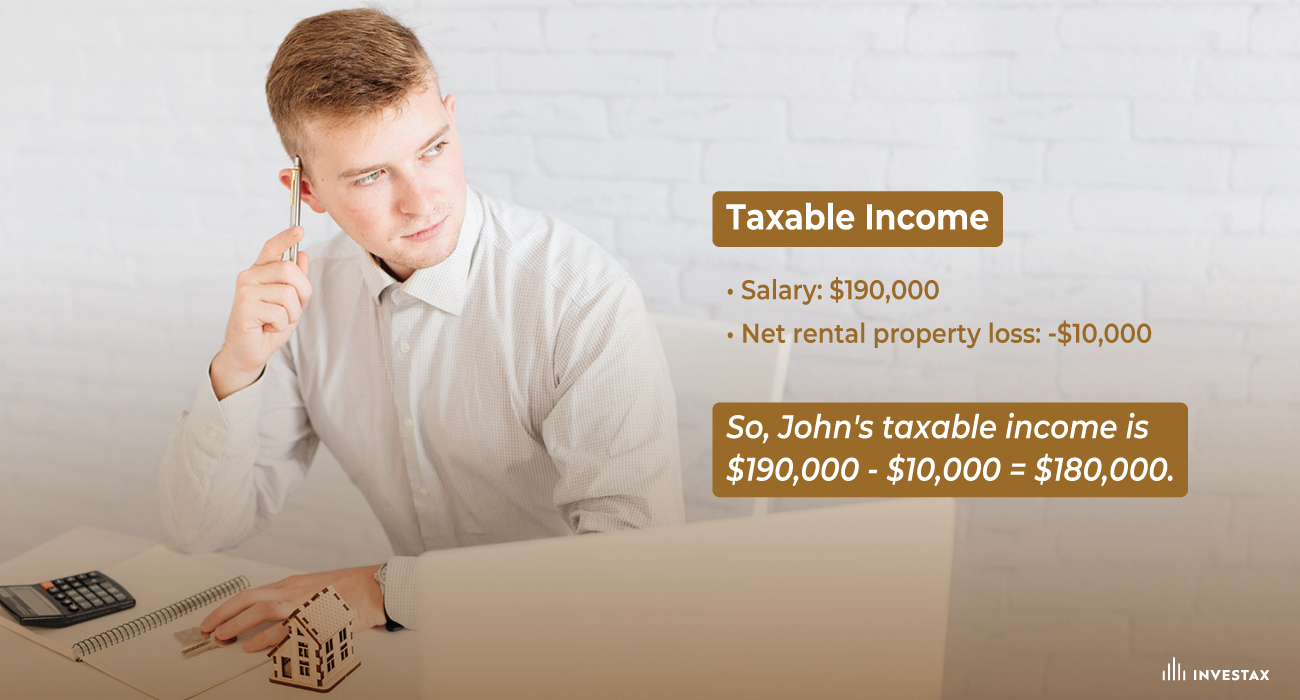No, you cannot claim a full Capital Gains Tax (CGT) exemption if you purchase a home with an existing lease agreement. Your primary residence is typically exempt from capital gains tax (CGT). For CGT purposes, this exemption applies from the time you acquire your home, as long as you move in as soon as practicable.
There are specific circumstances that can affect when your property qualifies as your main residence for CGT purposes:
- Delays Due to Illness or Unforeseen Circumstances: If moving in is delayed due to illness or other unexpected events, your home remains exempt from CGT, provided you move in as soon as the cause of the delay is resolved (e.g., upon recovery from illness).
- Property Rented to Someone Else: If you cannot move in immediately because the property is rented out, it will not be considered your main residence until you actually move in.
- Owning Two Homes: If you buy a new home before selling your old one, you can designate both properties as your main residence for up to 6 months.
Example:
Emily signed a contract to buy a house in February. She took possession when settlement occurred in March.
We have provided two different scenarios below to explain what is considered practicable after settlement.
Scenario 1: Moving in as soon as practicable due to interstate work assignment
In early March, Emily’s employer assigned her to an interstate project for 5 months. She moved into the house when she returned in August.
Emily’s interstate assignment was unforeseen at the time she bought the house. She moved in as soon as practicable after the settlement of the contract. Therefore, she can treat the house as her main residence from the date she acquired it.
Scenario 2: Not practicable due to tenancy agreement
Alternatively, the house had an existing tenancy agreement that would not end until September, 6 months after the settlement. Due to this tenancy agreement, Emily could not move into the house until the lease ended in September.
In this case, Emily cannot treat the house as her main residence until she moves in. The property will only be exempt from CGT from the time she actually moves in, as it was not practicable for her to move in due to the existing tenancy agreement.










